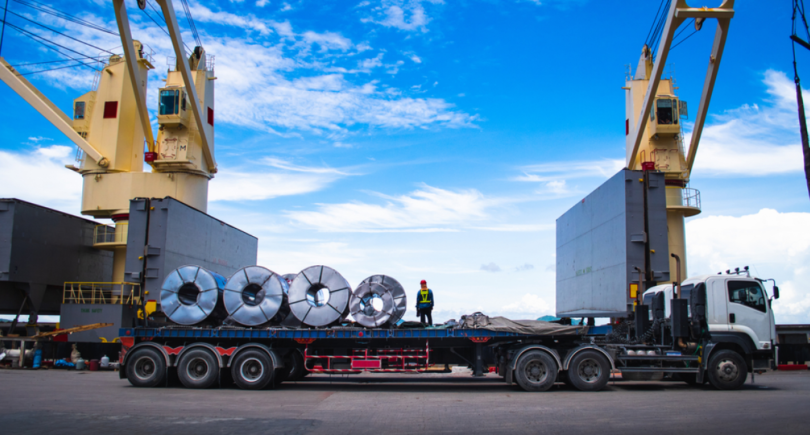
News Global Market decarbonization 3498 29 February 2024
Decarbonization of the region's energy system is taking place at a rapid pace
This year, the European price of carbon emission allowances is falling as the region’s energy system decarbonizes at a rapid pace, Bloomberg reports.
The price of CO2 emission allowances under the EU ETS was about €54/t on February 26. Although the market has risen this week, it is still about 43% lower than a year ago.
This trend is surprising to experts, as the emissions trading system in Europe will be strengthened in the coming years as the EU works to achieve zero emissions in 2050.
However, the decarbonization of the region’s energy system is proceeding rapidly, reducing the demand for carbon credits, and thus leading to a drop in prices.
Last year, wind and solar power plants generated the most electricity in the EU on record, which was accelerated by the energy crisis. Their share was 27% of the total generation. In addition, France’s powerful nuclear fleet has recovered from serious failures, as well as hydropower after droughts. The warm winter reduced energy consumption, while wind generation increased during this period.
“Decarbonization in the power sector is happening faster than the carbon market can keep up,” said Mark Lewis, head of research and portfolio manager at Andurand Capital Management.
CO2 prices have also fallen amid weak demand from industry, as many plants shut down following the sharp rise in energy prices in 2022.
According to Lewis, as the emissions market will be much tighter at the end of the decade, it is only a matter of time before prices start to rise again.
At the same time, according to the Financial Times column, the European emissions trading system is too clumsy to provide the necessary impetus for decarbonization. Currently, there is an oversupply in the market for a good reason: CO2 emissions in the bloc have decreased. According to ICIS, they amounted to 1.2 billion tons in 2023, compared to 1.4 billion tons in 2022. In addition, there are still plenty of allowances available as the EU sells additional lots at auctions to help pay for the energy transition.
Much of the missing CO2 emissions are cyclical rather than structural, the FT notes. Almost half of the ETS emissions come from the industrial sector, which is suffering from high energy prices. As the European economy gains momentum, emissions should start to rise again.
Most of the remaining emissions come from the power sector, which is on a better trajectory, increasing the share of renewable generation. However, there is also a certain cyclicality here. The decline in electricity demand (by almost 7% in 2021-2023) is the result of a price spike in 2022, and the trend should reverse.
All this leads to a muted emissions reduction trajectory. It is expected that CO₂ emissions in 2026-2027 will be roughly the same as they are now. Given the planned reduction in the number of permits, the market may turn out to be tight.
As GMK Center reported earlier, the price of carbon emissions in the EU could reach €400/t by 2040, as predicted by financial analysts in October last year. Such values can be achieved with a target range of 90% emission reductions.




